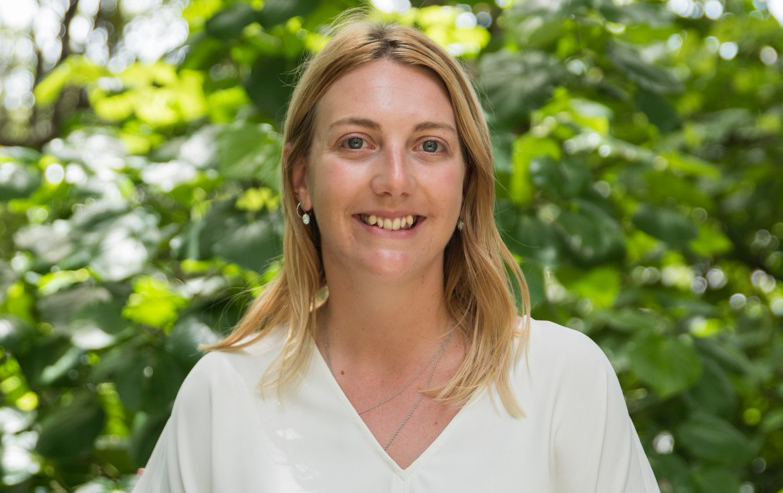By Katie Henderson, PhD candidate at the University of Auckland.
Trust, mistrust and rebuilding trust: there is a spotlight on trust these days, and more so than ever in food and farming.
You might think building trust in the sector is not your role. You may think it is. Regardless of your stance, developing stakeholder trust could be simpler than we think.
Trust is crucial in collaboration. Collaboration is greatly needed to tackle many of the challenges facing agriculture today. Trust is also necessary to maintain social licence in the sector.
Though you probably have a good idea about what you think trust is, it is a nuanced concept. You may trust a friend’s advice but you may not trust their punctuality. In essence, trust is about accepting some risk regarding an outcome with the stakeholders involved.
There are two main types of trust. For this article, let’s call them face-to-face trust and organisational trust. Face-to-face trust is built over time between people who know each other well; organisational trust involves groups with whom you often have little contact.
Trust in organisations is the type most discussed in agri-food because our systems are increasingly complex.
As a social researcher and doctoral student, I’ve spent hours listening to consumers and other stakeholders talking about their beliefs and opinions about food, agri-food technologies and other issues. I’ve learnt how important it is to build face-to-face trust so that you can also develop organisational trust.
Trust, I’ve discovered, is often an unconscious process, with people discussing elements that make up trust rather than trust itself.
So, what lessons can the food and farming sector draw from this?
Firstly, I want to suggest that trust is actually all around us, even amid a perceived crisis of mistrust. It’s the essence of our daily lives, whether that is on farms, in our communities, or in the city. It’s how we drive on the road and send our children to school.
It’s not always plain sailing, but I’m willing to trust (no pun intended) that learning more about what we can do to trust each other is worthy of genuine commitment from all parties involved.
On a practical level, I have simplified the elements that make up organisational trust based on my research and own experiences. Regardless of your role – farmer, industry professional, scientist or policymaker – I hope we can reflect on what we already do well and how we can improve to move forward.
Below is a list of four reflexive questions based on elements that make up trust and could be used to further develop trust with consumers and other stakeholders:
• What steps can you take to understand diverse stakeholder interests more deeply?
• What further steps can you take to have conversations and communicate with stakeholders regarding your skills and expertise?
• What further steps can you take to have conversations and communicate with stakeholders regarding how you address social/environmental/ethical/cultural concerns? • What further steps can you take to be open, honest, and transparent regarding your practices (for example, monitoring) and how you communicate this?
When it comes to consumers, visibility is powerful. Making yourself more visible can foster face-to-face trust. This visibility might involve being active on Linked In, posting daily farm activities on social media, or attending farmers’ markets. We should commend those who are already on this journey.
As a young person, I am excited about the future of food and farming in New Zealand. I encourage you to share a little more than feels comfortable. Trust is a key ingredient in a thriving food and farming sector, and we all have a role to play.
Can we leverage our sector and country’s existing high trust and become a world leader? I am optimistic we can.










